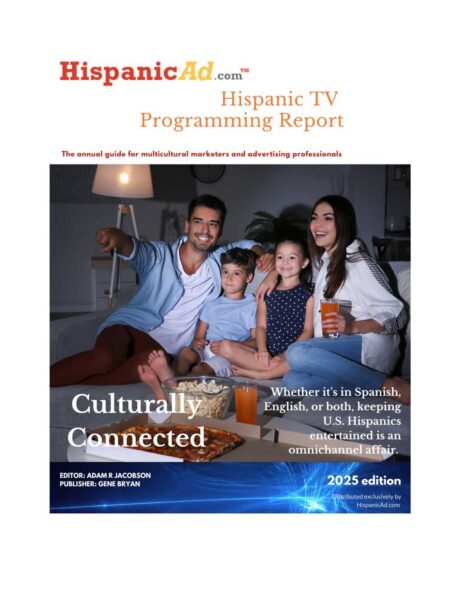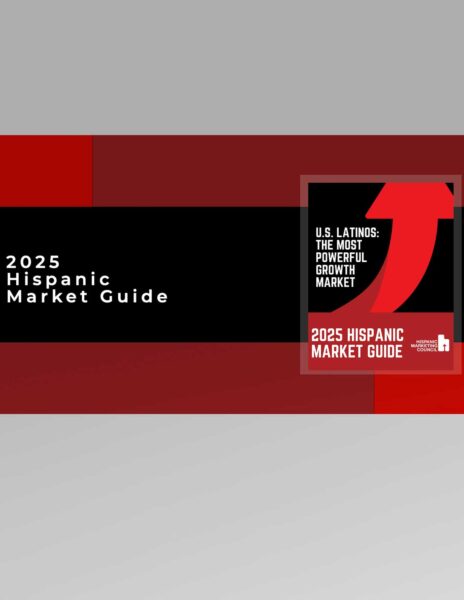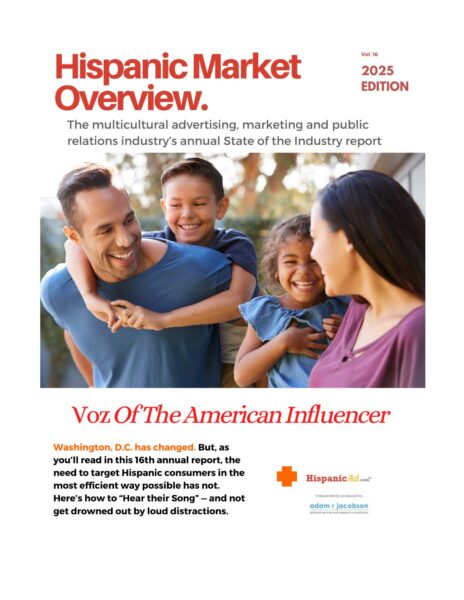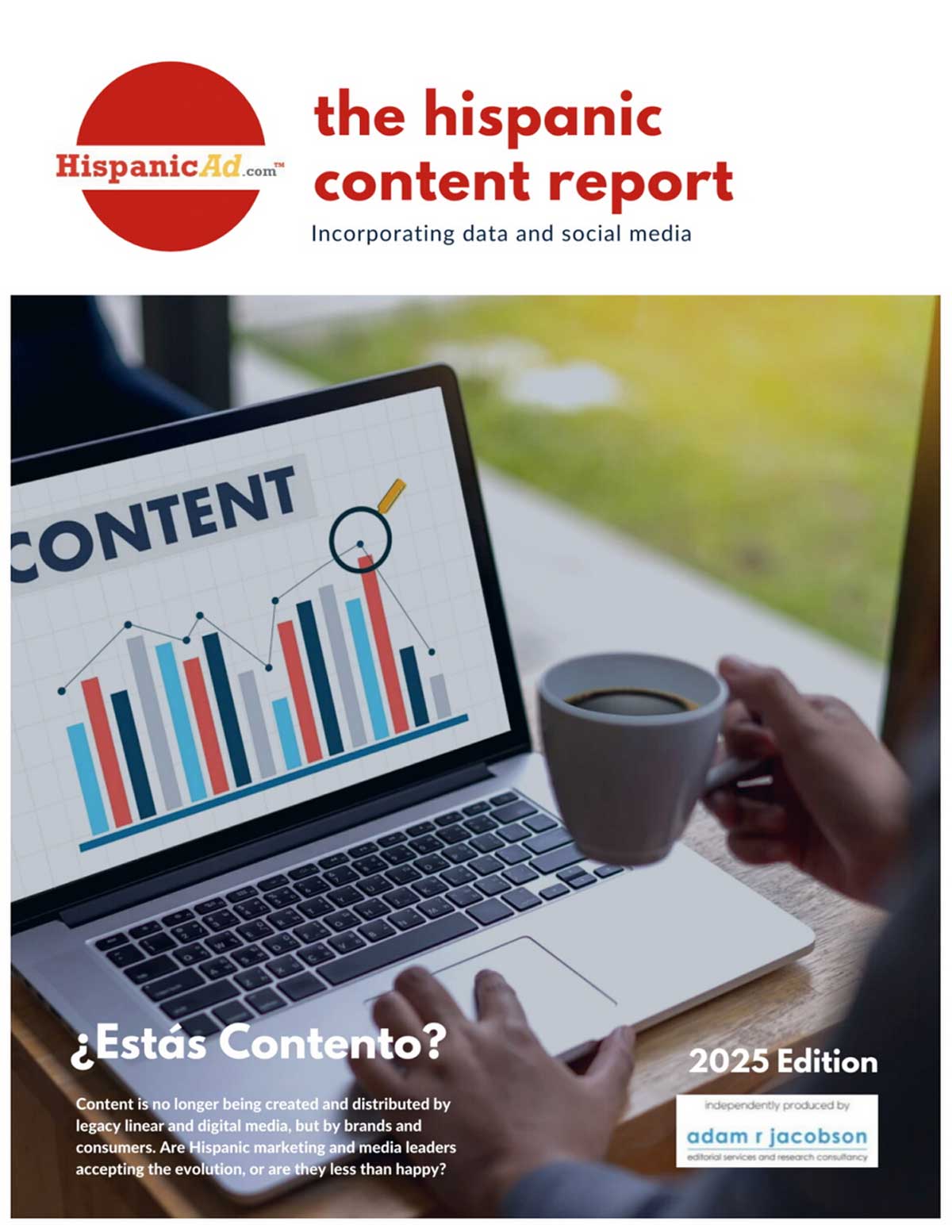 COVID-19 has turned an industry term into something far more literal. Will brands continue to promote the safety of their products when the pandemic ends?
COVID-19 has turned an industry term into something far more literal. Will brands continue to promote the safety of their products when the pandemic ends?
Marketing
A New Concern Among Consumers: Brand Safety
10 things brands must do to drive profitable growth
 However, as I have often found when writing posts over the last 14 years, the subject matter got away from me and I ended up with a summation of what all brands should do to drive profitable brand growth. by Nigel Hollis
However, as I have often found when writing posts over the last 14 years, the subject matter got away from me and I ended up with a summation of what all brands should do to drive profitable brand growth. by Nigel Hollis
Digital and Omnichannel Sweet Spots for Auto Advertisers
 In today’s digital age, heading to an automotive dealership in person is far from the only way Americans shop for a new vehicle. Devices and technology have introduced a wealth of convenience and choice along consumers’ auto purchase journey. And online offerings have proved essential for the automotive industry, like many others, during the novel coronavirus (COVID-19) pandemic. With a rising number of cases in states across the country, many consumers remain cautious. Digital will become more important than ever before, and multicultural consumers—who are younger and more digitally connected than the general population today—will become important leaders in this more digital future.
In today’s digital age, heading to an automotive dealership in person is far from the only way Americans shop for a new vehicle. Devices and technology have introduced a wealth of convenience and choice along consumers’ auto purchase journey. And online offerings have proved essential for the automotive industry, like many others, during the novel coronavirus (COVID-19) pandemic. With a rising number of cases in states across the country, many consumers remain cautious. Digital will become more important than ever before, and multicultural consumers—who are younger and more digitally connected than the general population today—will become important leaders in this more digital future.
Delivering Experiences Consumers Will Love
 Why connecting data is the key to building exceptional and engaging moments
Why connecting data is the key to building exceptional and engaging moments
2020 International Report on Programmatic In-Housing [REPORT]
 Programmatic advertising has become a key element in most digital ad budgets for its scale and efficiency in targeting and placing digital advertising. As a result, more brands are bringing the management of programmatic in-house. This shift is changing the role that brands and agencies play in this arena and the structure of how they are managed.
Programmatic advertising has become a key element in most digital ad budgets for its scale and efficiency in targeting and placing digital advertising. As a result, more brands are bringing the management of programmatic in-house. This shift is changing the role that brands and agencies play in this arena and the structure of how they are managed.
State drug pricing policies Drug companies and PBMs should prepare for continued activity [REPORT]
 US states are pulling various levers to address rising drug prices. An analysis of public databases and interviews with experts show us the areas under focus, the stakeholders that could be affected, and what strategies they should consider.
US states are pulling various levers to address rising drug prices. An analysis of public databases and interviews with experts show us the areas under focus, the stakeholders that could be affected, and what strategies they should consider.
To grow, brands need to build more than just salience
 New analysis from Kantar reveals that the road to brand growth is nuanced, and brands should do more than just focusing on salience. by Nigel Hollis
New analysis from Kantar reveals that the road to brand growth is nuanced, and brands should do more than just focusing on salience. by Nigel Hollis
A quick show of hands… are YOU a LatinX? Do you self-identify as a LatinX? Do you know many who do?
 The issue has bubbled up recently in both, Hispanic Agencies and clients and HispanicAd is only too happy to address it. The term “LatinX” is used as a self-identifier by only around 2% of the total U.S. Hispanic population. So, 98% of the Hispanic population self-identifies as Latino, Latina and/or Hispanic. So why is the term being used in advertising and marketing conversations as a term to categorize or represent all US Hispanics instead of “Hispanic” or “Latino”? By Marcelo Salup – Principal at CEO Analytics, LLC – Increasing customer retention & revenues through advanced statistics & algorithms
The issue has bubbled up recently in both, Hispanic Agencies and clients and HispanicAd is only too happy to address it. The term “LatinX” is used as a self-identifier by only around 2% of the total U.S. Hispanic population. So, 98% of the Hispanic population self-identifies as Latino, Latina and/or Hispanic. So why is the term being used in advertising and marketing conversations as a term to categorize or represent all US Hispanics instead of “Hispanic” or “Latino”? By Marcelo Salup – Principal at CEO Analytics, LLC – Increasing customer retention & revenues through advanced statistics & algorithms
We need an honest discussion about using the term loosely …. ¿LatinX?
![]() When we published our ThinkNow Latinx Report in November 2019, many were shocked by the stunning reality that 98% of Latinos do not identify with the term “Latinx” and prefer to identify as “Hispanic,” leaving only 2% of the burgeoning Hispanic consumer base preferring this ethnic label. Of that 2%, 100% speak English only.
When we published our ThinkNow Latinx Report in November 2019, many were shocked by the stunning reality that 98% of Latinos do not identify with the term “Latinx” and prefer to identify as “Hispanic,” leaving only 2% of the burgeoning Hispanic consumer base preferring this ethnic label. Of that 2%, 100% speak English only.
Trust is a matter of people over perfection
 Can we leverage people’s stories, using advances in artificial intelligence, to understand how one brand leveraged trust as a way of prioritizing people over perfection? Yes, we can. by Ansie Lombaard – Senior Global Innovation Director / Kantar
Can we leverage people’s stories, using advances in artificial intelligence, to understand how one brand leveraged trust as a way of prioritizing people over perfection? Yes, we can. by Ansie Lombaard – Senior Global Innovation Director / Kantar
The Minority-Majority Shift. Two Decades That Will Change America. It’s Time For A New Script In Hollywood
 2020 is the year when the majority of all Americans under seventeen years old will be from a minority background, a process that will culminate with a so-called “minority-majority” population by the mid-2040s. These demographic changes will bring about a significant transformation to Corporate America, and during the next few months, I will discuss some of these consequences, in each article targeting one specific area of our business environment. By Isaac Mizrahi – Co-President – ALMA
2020 is the year when the majority of all Americans under seventeen years old will be from a minority background, a process that will culminate with a so-called “minority-majority” population by the mid-2040s. These demographic changes will bring about a significant transformation to Corporate America, and during the next few months, I will discuss some of these consequences, in each article targeting one specific area of our business environment. By Isaac Mizrahi – Co-President – ALMA
Media must mind the trust gap
 Consumers are using more connected personal devices to organise, curate and discover media. In other words, in theory, consumers can go anywhere they want for news and information. The industry is responding and is designing offerings to revolve around these personal preferences. This offers many new opportunities for brands but it also comes with challenges.
Consumers are using more connected personal devices to organise, curate and discover media. In other words, in theory, consumers can go anywhere they want for news and information. The industry is responding and is designing offerings to revolve around these personal preferences. This offers many new opportunities for brands but it also comes with challenges.
Understanding and shaping consumer behavior in the next normal
 Months after the novel coronavirus was first detected in the United States, the COVID-19 crisis continues to upend Americans’ lives and livelihoods. The pandemic has disrupted nearly every routine in day-to-day life. The extent and duration of mandated lockdowns and business closures have forced people to give up even some of their most deeply ingrained habits—whether spending an hour at the gym after dropping the kids off at school, going to a coffee shop for a midday break, or enjoying Saturday night at the movies.
Months after the novel coronavirus was first detected in the United States, the COVID-19 crisis continues to upend Americans’ lives and livelihoods. The pandemic has disrupted nearly every routine in day-to-day life. The extent and duration of mandated lockdowns and business closures have forced people to give up even some of their most deeply ingrained habits—whether spending an hour at the gym after dropping the kids off at school, going to a coffee shop for a midday break, or enjoying Saturday night at the movies.
The massification of the resource depreciates it, or what multicultural marketing can teach everybody during this crisis
 During this quarantine we’ve been naming new products, creating new campaigns, doing planning and/or resetting objectives for clients and business prospects because we’re certainly in uncharted territory. It’s like playing a game while the rules are changing (We play to set the new rules.) I’d like to share some thoughts that I’ve identified as a result of this process. By Pablo Carpintero
During this quarantine we’ve been naming new products, creating new campaigns, doing planning and/or resetting objectives for clients and business prospects because we’re certainly in uncharted territory. It’s like playing a game while the rules are changing (We play to set the new rules.) I’d like to share some thoughts that I’ve identified as a result of this process. By Pablo Carpintero
Consumers Follow Brand Promises and Focus on Brand Values
 Over 1,000 advertisers have paused ads from Facebook for the month of July to support the Stop Hate For Profit campaign that seeks to pressure the social media network to make a better effort to remove hate speech and harmful content from its platform. In response, Facebook shared plans to address demands.
Over 1,000 advertisers have paused ads from Facebook for the month of July to support the Stop Hate For Profit campaign that seeks to pressure the social media network to make a better effort to remove hate speech and harmful content from its platform. In response, Facebook shared plans to address demands.
How CPG companies can sustain profitable growth in the next normal
 The arrival of the COVID-19 pandemic suddenly and completely reshaped the consumer landscape at the start of 2020. At the same time consumer packaged goods (CPG) companies were looking to break out of a decade of inconsistent growth, many saw their expectations of growth replaced by a struggle for survival, while others had to ramp up production to meet never-before-seen spikes in consumer demand.
The arrival of the COVID-19 pandemic suddenly and completely reshaped the consumer landscape at the start of 2020. At the same time consumer packaged goods (CPG) companies were looking to break out of a decade of inconsistent growth, many saw their expectations of growth replaced by a struggle for survival, while others had to ramp up production to meet never-before-seen spikes in consumer demand.
What Brands Mean by Brand Purpose
 The combination of the pandemic and social unrest has spurred brands and organizations to think anew about what they truly stand for
The combination of the pandemic and social unrest has spurred brands and organizations to think anew about what they truly stand for
4 Steps to Boost Marketing Efficiency Now
 Driving performance, improving efficiency and boosting working dollars are three primary focus areas of marketers the world over. COVID-19 and the related budgetary pressures aside, this has been a focus of marketers, and will continue to be well into the future.
Driving performance, improving efficiency and boosting working dollars are three primary focus areas of marketers the world over. COVID-19 and the related budgetary pressures aside, this has been a focus of marketers, and will continue to be well into the future.
Harnessing the Power of the Loyalty Economy
 As the internet matures, influencers are building content that consumers can’t live without — and that’s creating opportunities for brands
As the internet matures, influencers are building content that consumers can’t live without — and that’s creating opportunities for brands
4A’s Challenges Nielsen to Maintain Separate National In-Home and Out-of-Home TV Viewership
 The 4A’s announced that the organization is challenging Nielsen’s decision to combine national in-home and out-of-home television viewership into a single data stream*. This stream will be used in calculating ratings and inventory pricing at the start of the 2020-21 broadcast television season – and will also affect C3 and C7 ratings. This decision will negatively impact both agencies and marketers and their ability to distinguish data streams to support pricing, analysis and audience understanding.
The 4A’s announced that the organization is challenging Nielsen’s decision to combine national in-home and out-of-home television viewership into a single data stream*. This stream will be used in calculating ratings and inventory pricing at the start of the 2020-21 broadcast television season – and will also affect C3 and C7 ratings. This decision will negatively impact both agencies and marketers and their ability to distinguish data streams to support pricing, analysis and audience understanding.




























